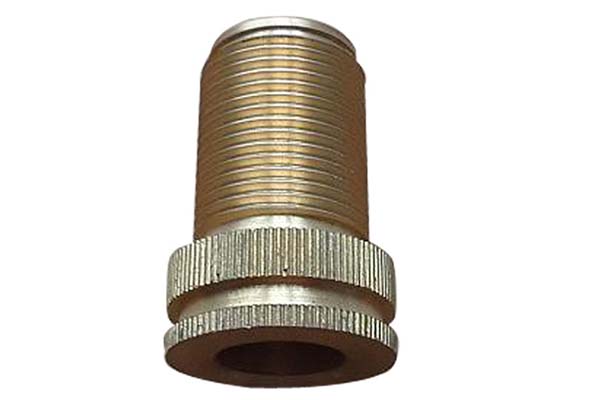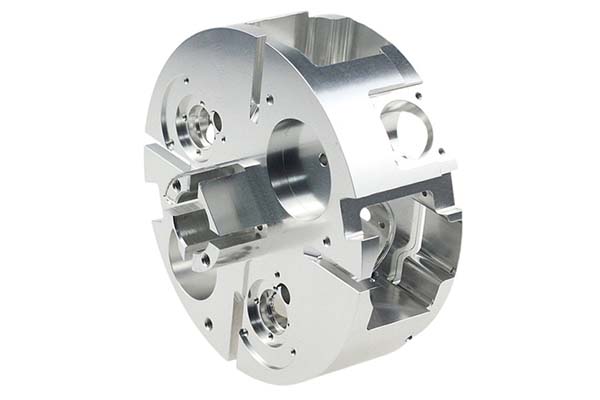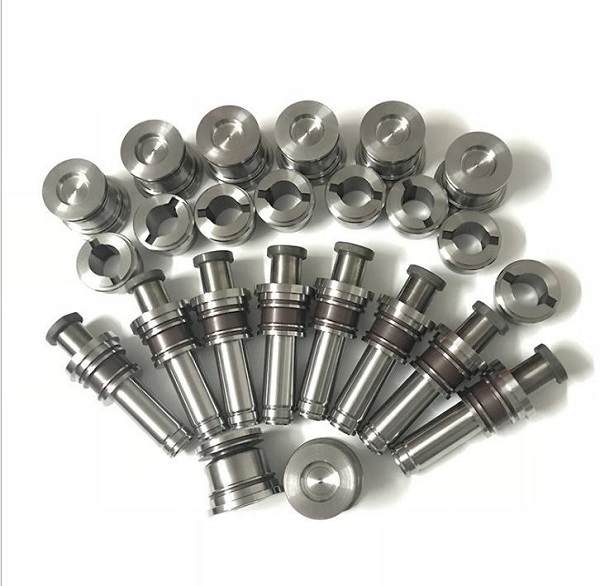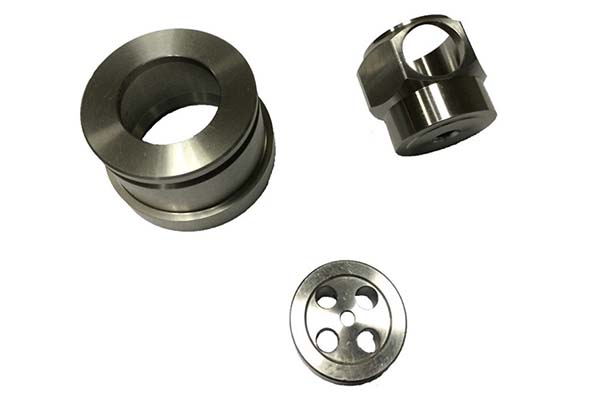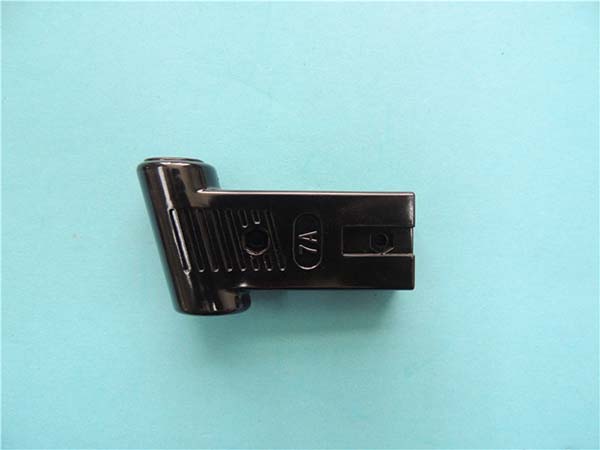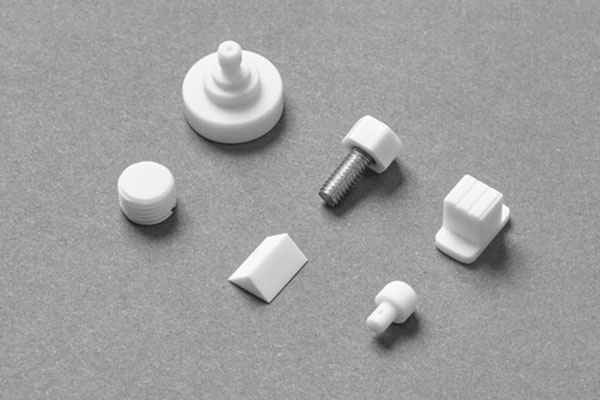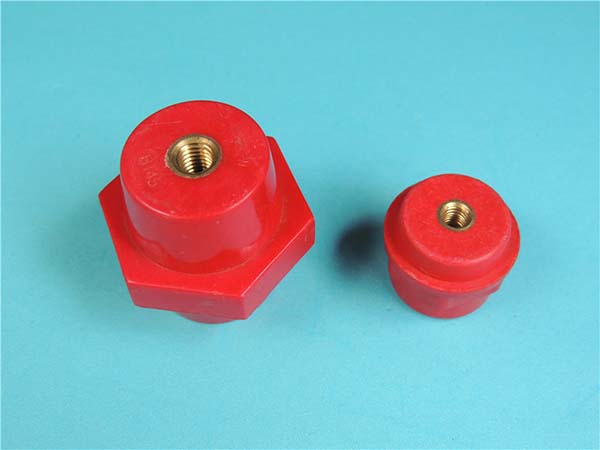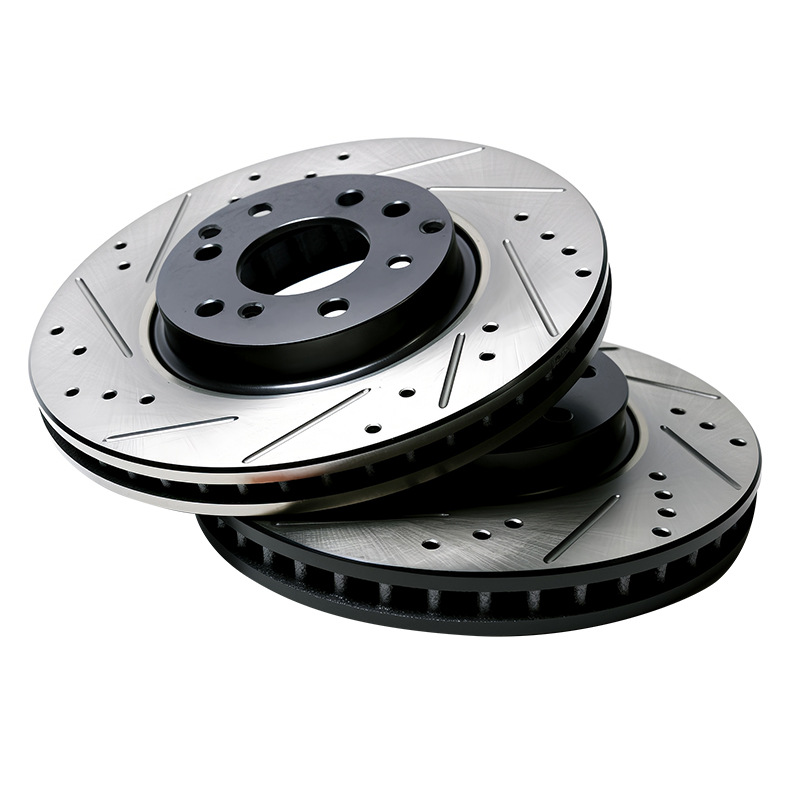In today’s fast-paced manufacturing world, businesses across industries struggle with balancing precision, efficiency, and customization. Whether you’re a furniture maker needing intricate wood designs or an aerospace engineer requiring tight-tolerance metal parts, the challenge often boils down to finding a CNC routing service that can deliver quality, meet deadlines, and stay within budget.
But what exactly sets a reliable CNC routing service apart? How do different technologies, materials, and capabilities impact the final product? This guide breaks down everything you need to know about CNC routing services, from the technology behind it to choosing the right provider for your project.
Understanding CNC Routing Technology: How It Works
At its core, CNC routing technology uses computer numerical control (CNC) to automate cutting, engraving, and shaping materials with extreme precision. Unlike manual routing, which relies on human skill, CNC routers follow pre-programmed designs, ensuring consistency across every piece. Here’s a closer look at the key components:
- CNC router machine: The primary tool, available in various sizes from desktop models for small projects to industrial machines for large-scale production.
- Tooling and bits: Specialized cutting tools designed for different materials—carbide bits for metal, high-speed steel for wood, and diamond-tipped bits for acrylic.
- Software integration: CAD (Computer-Aided Design) and CAM (Computer-Aided Manufacturing) software translate designs into machine-readable code, dictating every movement of the router head.
- Automation: Features like automatic tool changers and vacuum tables (to hold materials in place) reduce manual intervention, speeding up production.
While laser routing and plasma cutting are often grouped with CNC routing, they differ in method: laser uses heat to melt materials, plasma uses ionized gas, and CNC routing uses physical cutting. For example, plasma cutting excels at thick metals, while CNC routing is better for detailed engraving on wood or plastic.
Service Capabilities and Offerings: What Can CNC Routing Do?
A top-tier CNC routing service should offer a range of solutions to fit diverse project needs. Here’s an overview of common capabilities:
- Precision routing services: Ideal for parts requiring tight tolerances (as low as ±0.001 inches) for industries like aerospace.
- Custom routing solutions: From one-of-a-kind prototypes to complex geometries, tailored to unique design specs.
- Prototyping services: Quick turnaround for testing designs before full production—critical for reducing errors in high-cost projects.
- High-volume routing and low-volume routing: Scalable to match production needs, whether you need 10 parts or 10,000.
- Multi-material routing: Handling everything from wood to metal in a single project, simplifying supply chains.
- Value-added services: Many providers offer surface finishing (e.g., sanding, painting) and assembly services to deliver ready-to-use parts.
Table: Comparing Routing Capabilities by Project Type
| Project Type | Best Service Option | Typical Lead Time | Ideal Materials |
| Prototyping | Low-volume routing | 1–3 days | Plastic, foam |
| Furniture Parts | Custom routing + finishing | 5–7 days | Wood, acrylic |
| Aerospace Components | High-precision routing | 7–10 days | Aluminum, titanium |
| Signage | Engraving + multi-material | 3–5 days | Acrylic, brass |
Material Compatibility: Which Materials Can Be Routed?
One of the biggest advantages of CNC routing is its versatility across materials. Here’s how it performs with common options:
- Wood routing: Perfect for furniture, cabinetry, and architectural millwork. Softwoods (pine) and hardwoods (oak) cut cleanly, with options for decorative edges.
- Plastic routing: Acrylic, PVC, and polycarbonate are easily shaped, making them popular for signage and electronics enclosures.
- Metal routing: Aluminum, brass, and stainless steel routing require specialized tooling but deliver durable parts for automotive and industrial use.
- Composite materials: Laminates and fiber-reinforced plastics (FRP) are routed efficiently, though slower speeds prevent delamination.
- Foam routing: Used in packaging, insulation, and props—CNC routers achieve smooth surfaces without tearing.
Example: A medical device manufacturer might use acrylic routing for clear face shields and aluminum routing for structural components, all from the same provider.
Applications and Industries: Where Is CNC Routing Used?
CNC routing touches nearly every manufacturing sector. Here are key applications:
- Furniture manufacturing: Chair frames, table tops, and decorative inlays benefit from precise cuts and custom designs.
- Automotive industry: Interior panels, dash components, and prototype parts for new models.
- Aerospace industry: Lightweight aluminum parts with strict tolerance levels (often ±0.0005 inches) for aircraft.
- Signage industry: 3D lettering, logos, and directional signs in materials like acrylic and brass.
- Medical devices: Surgical instrument components and custom enclosures for diagnostic equipment.
Fun Fact: The electronics industry uses CNC routing to create circuit board prototypes, where accuracy ensures components fit perfectly.
Quality and Precision: How to Ensure Consistency
Quality is non-negotiable in CNC routing. Key factors include:
- High-precision routing: Achieved through advanced machines with rigid frames and high-speed spindles (10,000–30,000 RPM).
- Tolerance levels: The allowable deviation from a design—critical for parts that must fit together (e.g., aerospace components).
- Repeatability: Ensuring every part in a batch matches the first, measured via statistical process control (SPC).
- Quality control processes: Inspections using calipers, CMMs (Coordinate Measuring Machines), and visual checks.
A reputable provider will share their quality assurance protocols, such as ISO 9001 certification, to guarantee reliability.
Customization and Design: From Concept to Production
CNC routing thrives on customization. Here’s how the process works:
- Design consultation: Engineers collaborate with clients to refine ideas, addressing manufacturability.
- CAD/CAM software: Designs are digitized, with CAM software optimizing tool paths to reduce waste.
- Custom routing templates: Reusable for repeat orders, ensuring consistency.
- Complex geometries: Curves, angles, and 3D shapes that would be impossible manually—think artistic sculptures or aerospace brackets.
Example: An artist might use artistic routing to create a custom wooden mural, while an architect could design 3D-engraved models of a building.
Cost and Pricing: What Affects the Price of CNC Routing?
Costs vary based on project specifics. Key factors:
- Material cost: Metals (stainless steel) are pricier than wood or foam.
- Labor cost: Complex designs require more programming time, increasing fees.
- Volume: Volume-based pricing often lowers per-unit costs for large orders (e.g., 10,000 parts cost less per unit than 100).
- Lead time: Rush orders may add a premium—standard lead times are 5–10 days, but 24-hour turnaround is possible for small projects.
Tip: Ask for project-based pricing to avoid surprises—reputable providers will outline all costs upfront.
Delivery and Lead Time: Meeting Deadlines
On-time delivery is critical for keeping projects on track. Look for providers offering:
- Fast turn-around: Express services for urgent needs, often 1–3 days.
- Order tracking: Real-time updates on production and shipping.
- Just-in-time delivery: Coordinating with your schedule to minimize inventory storage.
Statistic: 78% of manufacturers cite on-time delivery as a top factor when choosing a CNC provider (Source: Manufacturing.net Survey, 2024).
Equipment and Machinery: What to Look for in a Provider
The right equipment ensures quality and efficiency. Key features:
- CNC router models: Industrial-grade machines (e.g., Haas, Thermwood) with large worktables for big projects.
- Spindle motor: High horsepower (5–20 HP) for cutting tough materials like steel.
- Tool changer: Reduces downtime by switching bits automatically—critical for multi-step projects.
- Machine maintenance: Regular calibration and upkeep prevent errors.
Ask providers about their equipment specs—outdated machines may struggle with complex jobs.
Yigu Technology’s Perspective on CNC Routing
As a leading custom manufacturing supplier, Yigu Technology emphasizes that CNC routing is a cornerstone of modern production. “We combine advanced routing technology with design expertise to solve unique challenges,” says a senior engineer. “Whether it’s multi-material projects or tight-tolerance metal parts, our focus on precision and customization helps clients reduce costs and speed up time-to-market. For us, CNC routing isn’t just about cutting—it’s about turning ideas into reliable, high-quality products.”
FAQ
- How long does a typical CNC routing project take?
Most projects take 5–10 days, but rush orders can be completed in 1–3 days for small volumes.
- Can CNC routing handle complex 3D designs?
Yes, with 3-axis and 5-axis routers, which cut from multiple angles to create intricate 3D shapes.
- Is CNC routing more cost-effective than manual routing?
For large volumes or complex designs, yes—automation reduces labor costs and errors, offsetting initial programming fees.
By understanding these factors, you can choose a CNC routing service that aligns with your project goals, whether you prioritize speed, precision, or customization. The right partner will not just meet your needs but elevate your product’s quality and efficiency.
